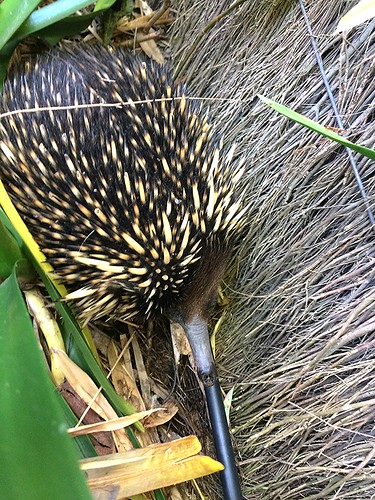We observed no evident partnership amongst antigen localization and antigen-specific ELISpot routines.The objective of this research was to identify and characterize novel P. falciparum antigens that lead to protective immunity elicited by RAS in individuals, and to prioritize their improvement as candidates for inclusion in pre-erythrocytic phase vaccines. Even though CD8+ T cells concentrating on CSP protect mice [1, 12] and non-human primates [seventeen], non-CSP antigens have also been revealed to contribute to protection [32, 33], but to date it has been challenging to systematically discover these antigens. We have effectively used a novel protein expression platform, the wheat germ mobile-cost-free method [fifty two, fifty three], to display screen 151 P. falciparum proteins, and determined 26 concerned in the antibody responses to RAS immunization. These were unique from one more panel of novel P. falciparum antigens that were down-selected by our plan making use of bioinformatics examination, multidimensional protein identification technologies (MudPIT [sixty eight]), and HLA-binding predictions [38]. Common to both techniques was the screening of novel antigens utilizing peptides representing every single antigen to recall antigen-certain T mobile responses making IFN- from frozen PBMCs of the exact same RAS-immunized topics [37, 38]. For comparison and validation of our method, we also included two effectively-characterized sporozoite antigens, CSP [2] and CelTOS, [38] the latter determined as antigen 2 in an previously research [38]. This permitted comparison of T mobile responses across the two research, which ended up executed 10 a long time apart. The review described here confirmed the price of the wheat germ expression system [fifty three] for expressing novel Plasmodium proteins, as 136/151 (87%) clones (although less big proteins of 8000 kDa) ended up successfully expressed. This permitted us to screen these proteins for reactivity to RAS-immune human sera and to raise antigen-particular mouse or rabbit antibodies to characterize our panel of 27 novel proteins. Of these, 26 (17%) have been regarded by plasma from RAS-immunized topics soon after recurring screening. By making use of antigen-certain immune sera to these antigens, we recognized 21 novel antigens to be expressed in pre-erythrocytic phases, of which eight are expressed in sporozoites and liver levels only, and thirteen are expressed by Monomethyl auristatin E equally pre-erythrocytic and blood phase parasites. Another crucial end result of the immuno-electron microscopy experiments was the identification of seven antigens localized on the floor of sporozoites that could be targets of parasite invasion-blocking antibodies. Of observe, this analysis confirmed for the 1st time that CelTOS was expressed during liver stage advancement. To affirm that 11487506these novel antigens possibly lead to protecting immune responses elicited by RAS, we tested their capability to remember cell mediated responses in a team of RASimmunized subjects who have been challenged by CHMI, where five/ten (fifty%) were secured and 5/ ten (50%) had been not protected [37, 38]. Liver-resident PBMC are the most likely predominant mediators of RAS-induced immunity [35, sixty nine], and we recognize that recall activities of peripheral PBMC might underneath-estimate responses in the liver [35]. Of fascination was the discovering that, utilizing the ex vivo ELISpot assay, peptides spanning entire length CelTOS  recalled considerably larger good responses from protected than non-secured topics. In distinction, CSP recalled similar minimal pursuits from equally guarded and non-secured topics, which were related to the lower pursuits formerly described [38]. This confirms and extends the prior observation that T cell IFN- activities to CelTOS ended up associated with protection in topics immunized by RAS delivered by mosquito bite [38], and indeed CelTOS induced up to sixty% efficacy in BALB/c and CD1 mice [23] suggesting its likely as a malaria vaccine prospect.
recalled considerably larger good responses from protected than non-secured topics. In distinction, CSP recalled similar minimal pursuits from equally guarded and non-secured topics, which were related to the lower pursuits formerly described [38]. This confirms and extends the prior observation that T cell IFN- activities to CelTOS ended up associated with protection in topics immunized by RAS delivered by mosquito bite [38], and indeed CelTOS induced up to sixty% efficacy in BALB/c and CD1 mice [23] suggesting its likely as a malaria vaccine prospect.